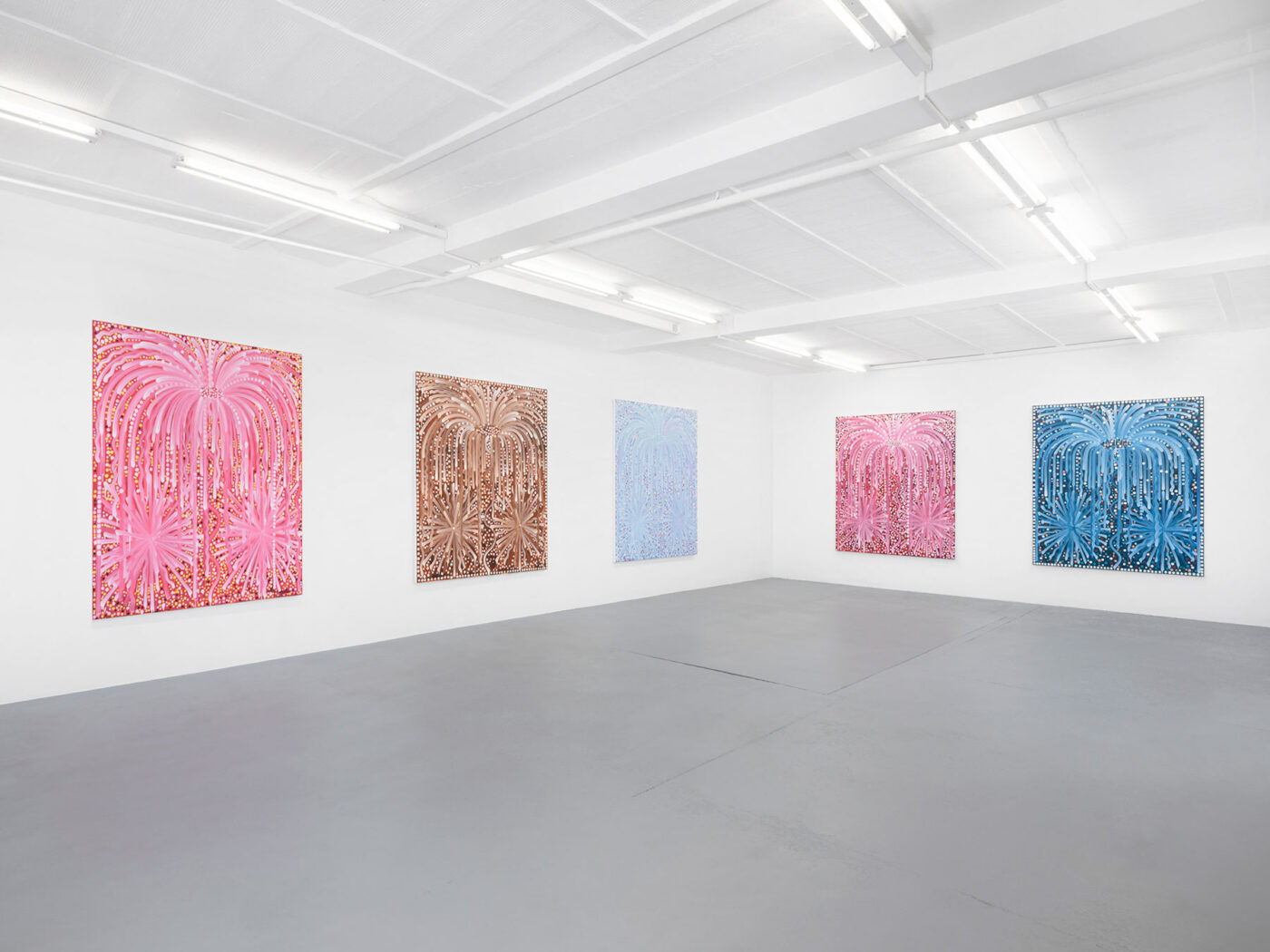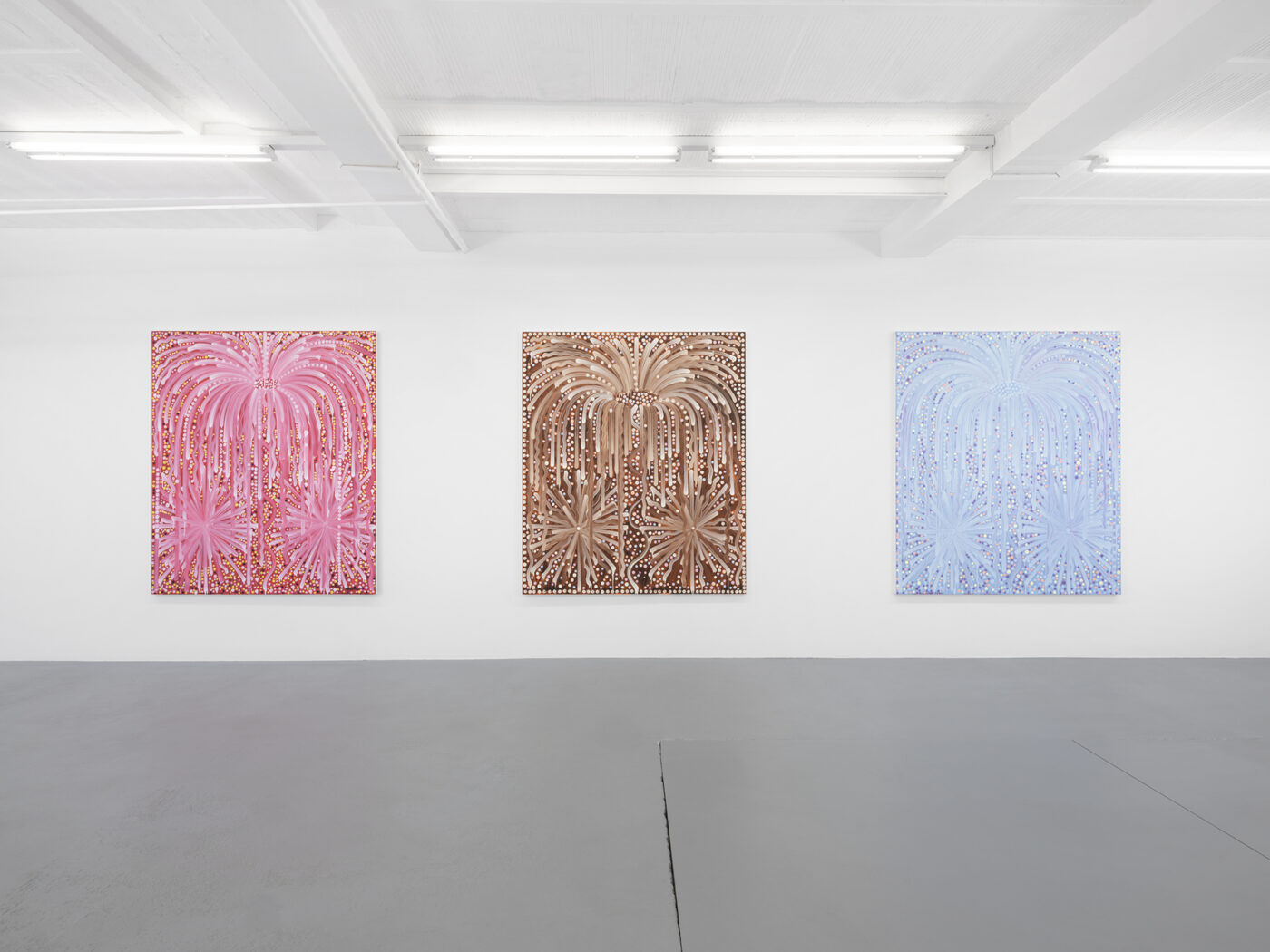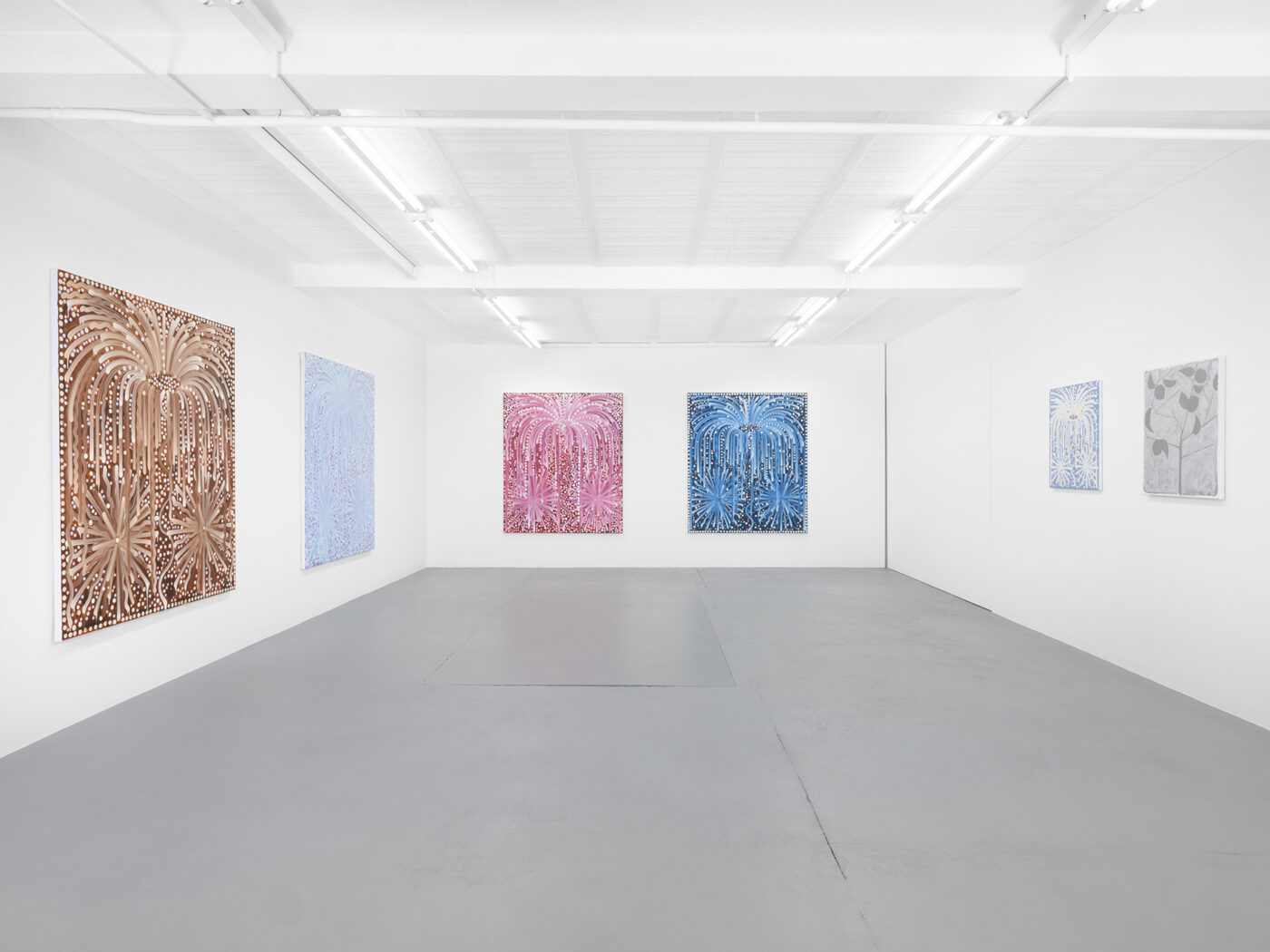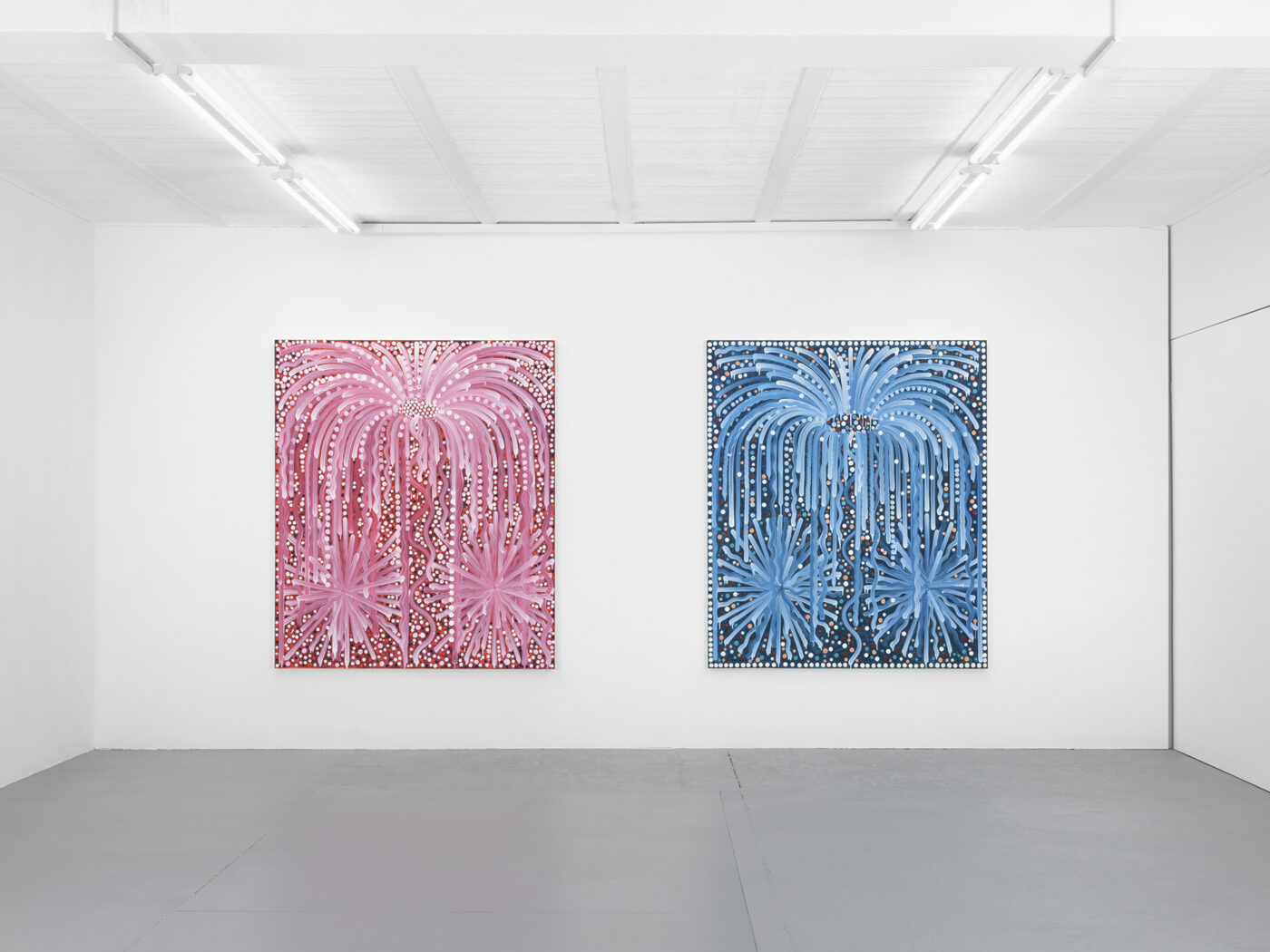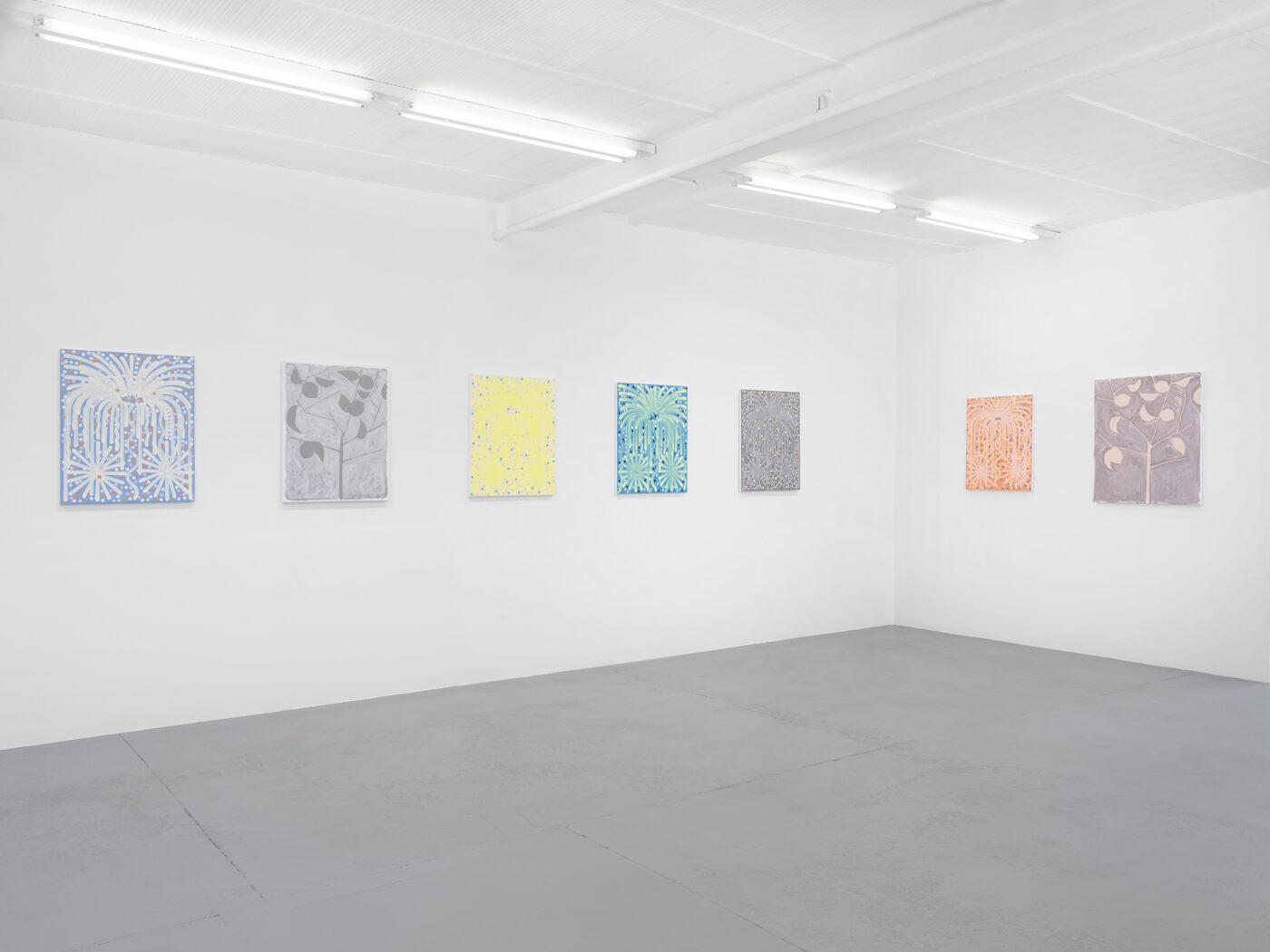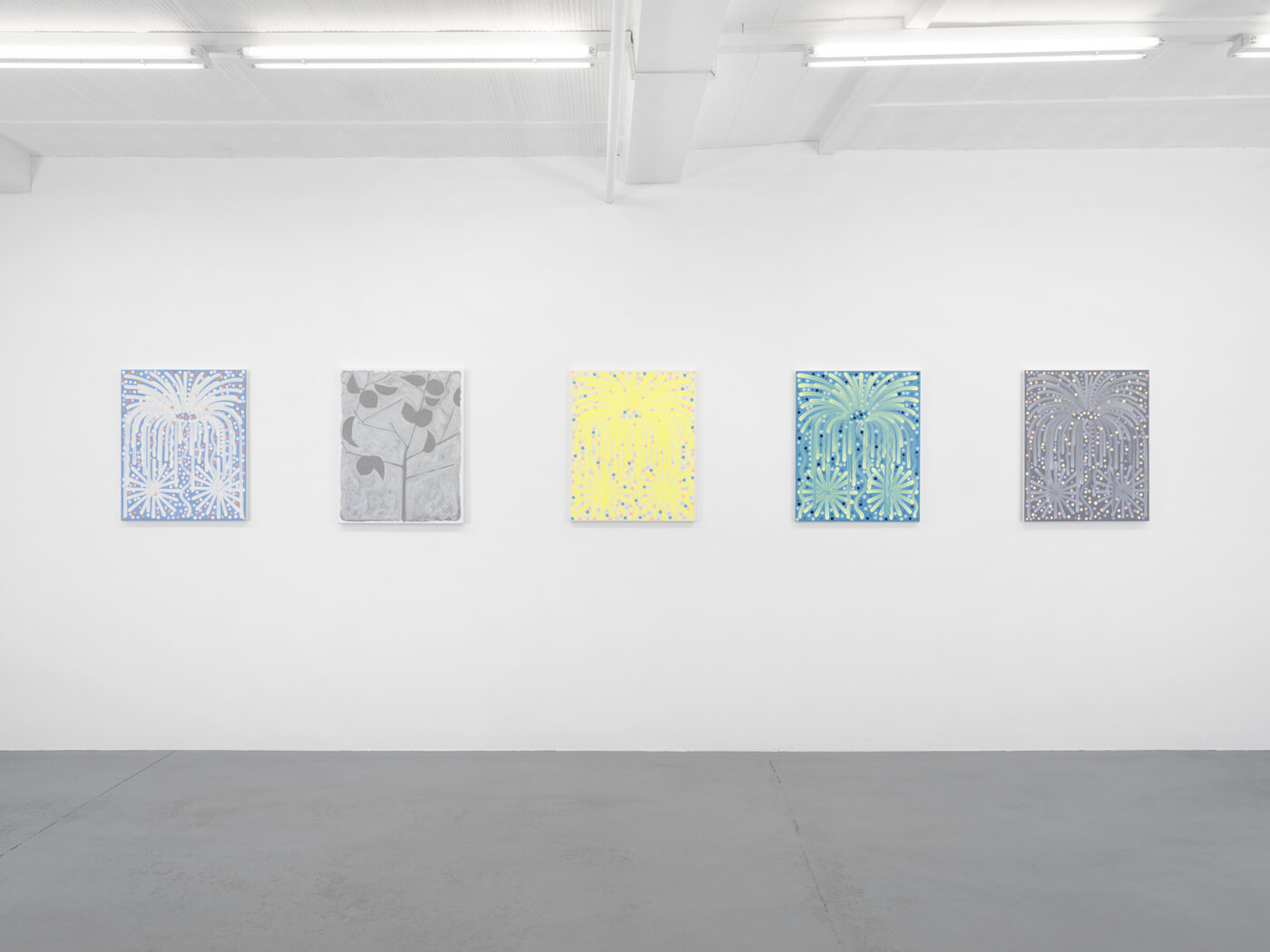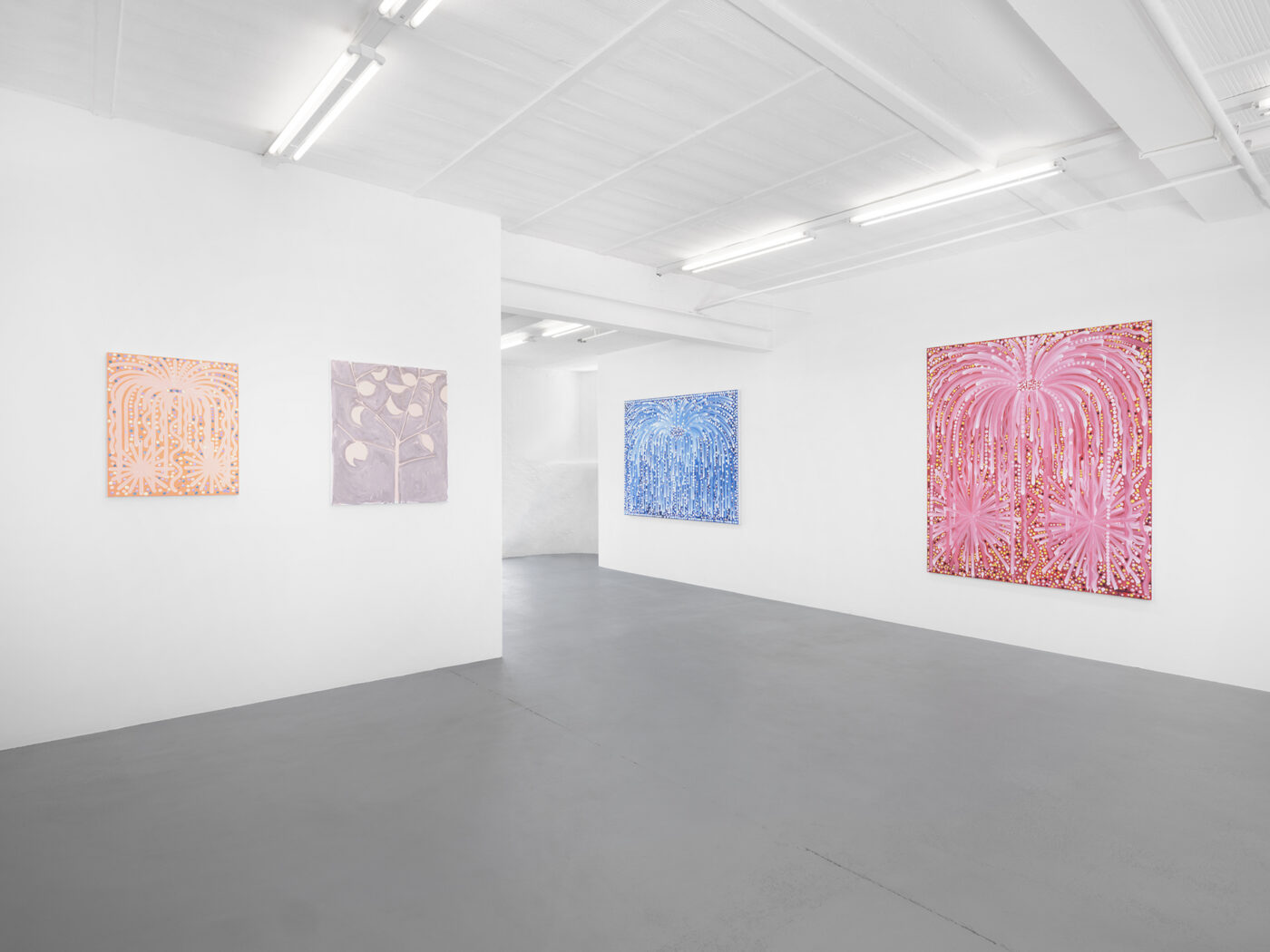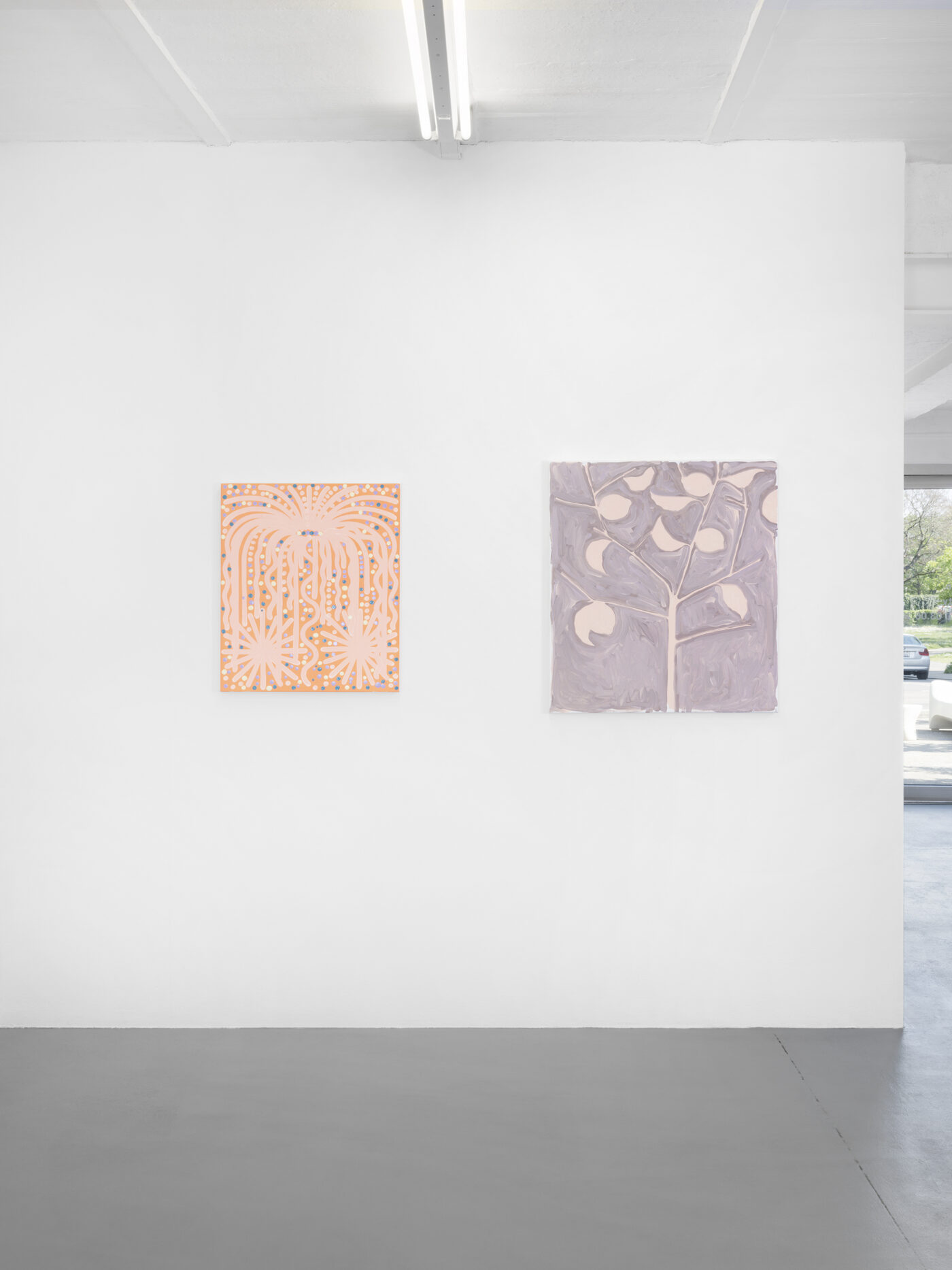Warning: Undefined variable $excerpt_more in
/home/clients/07184c837b9f6a35616293cfa15d6b85/sites/langepult.com/wp-content/themes/galerie_l+p_v1/functions.php on line
620
People love fireworks. Well, not all people, but judging by the number of people present at the fireworks of the Lac Kir in Dijon every July 14th, we can say that the tradition remains a very popular show. Fireworks, it’s bright and colorful, it makes noise, it makes smoke. That’s why it’s popular. What is quiet, uncluttered, gray, neutral; it’s design, contemporary architecture, cars and luxury clothing for men… But it was not always so. Minimalism as an artistic movement takes the world of industrial manufacturing as its model. Donald Judd’s “boxes”, Dan Flavin’s neon lights or James Turrell’s evanescent installations are among the most colorful works in art history. Yet today, the term minimalist refers more to sanitized interiors made of natural materials.
Fireworks are perhaps the least natural subject matter, since as the name suggests, these explosions are completely artificial (and intentional). For centuries, landscape painters have wondered about imitating nature. With pop art and minimalism, artists have in a way imitated culture. By choosing to work from 19th century Japanese engravings listing different types and colors of explosions, Hugo Capron also imitates a first imitation: a frontal and symmetrical stylization of colored
LOAD MORE +
People love fireworks. Well, not all people, but judging by the number of people present at the fireworks of the Lac Kir in Dijon every July 14th, we can say that the tradition remains a very popular show. Fireworks, it’s bright and colorful, it makes noise, it makes smoke. That’s why it’s popular. What is quiet, uncluttered, gray, neutral; it’s design, contemporary architecture, cars and luxury clothing for men… But it was not always so. Minimalism as an artistic movement takes the world of industrial manufacturing as its model. Donald Judd’s “boxes”, Dan Flavin’s neon lights or James Turrell’s evanescent installations are among the most colorful works in art history. Yet today, the term minimalist refers more to sanitized interiors made of natural materials.
Fireworks are perhaps the least natural subject matter, since as the name suggests, these explosions are completely artificial (and intentional). For centuries, landscape painters have wondered about imitating nature. With pop art and minimalism, artists have in a way imitated culture. By choosing to work from 19th century Japanese engravings listing different types and colors of explosions, Hugo Capron also imitates a first imitation: a frontal and symmetrical stylization of colored explosion. These engravings are not naturalistic, they aim to propose, as in a catalog, variations of possible effects from the same idea.
One of the most unexpected effects of radical abstraction on current painting may well be the importance given to variation. As a motif, fireworks embody an intermediate stage between figuration and abstraction, because apart from a few “figurative” attempts that are always a bit vain (the “final bouquet” or the imposed themes), these big firecrackers remain luminous and ephemeral balls subject to gravity and the vagaries of the weather: a properly abstract show (in the same way that so-called “figure skating” is not really about the art “figured” by the skater but about the abstraction that constitutes the technique of skating).
Hugo Capron’s first paintings were part of the genre of radical processual abstraction: obeying a requirement of impossible ” performance “, they seemed at the same time inevitably unfinished and always waiting for a new variant. The present paintings are figurative paintings that reactivate the childish pleasure of fireworks. There is a big difference between the first attempts of the series and the latest, very sophisticated versions: while they initially displayed a rather expressionist facture – closer to the idea of pure and simple explosion – they are now heading towards a pointillist and almost orderly stage. Some paintings go so far as to remove the “traced” part in order to keep only the colored dots, a bit like the golden rockets that fall down in Whistler’s Nocturne in black and gold.
But this time the painter seems to be building a more delimited world: the motif stops at the edge of the real rectangle of the frame and refuses to simulate a space outside its field. If the series continues from one canvas to the next, evolving like Pokémon do (in the image of Darwin’s theory, which by the way is the name of the artist’s cat), each of Capron’s paintings nevertheless has its own life. It is enclosed in a kind of snow globe; those miniature landscapes filled with water, which one shakes and turns to watch imaginary snowflakes fall. In Garden Party, Hugo Capron celebrates the combination of the pure pleasure of painting with the full awareness of the reflexive power of his medium.
Hugo Pernet, 2023
